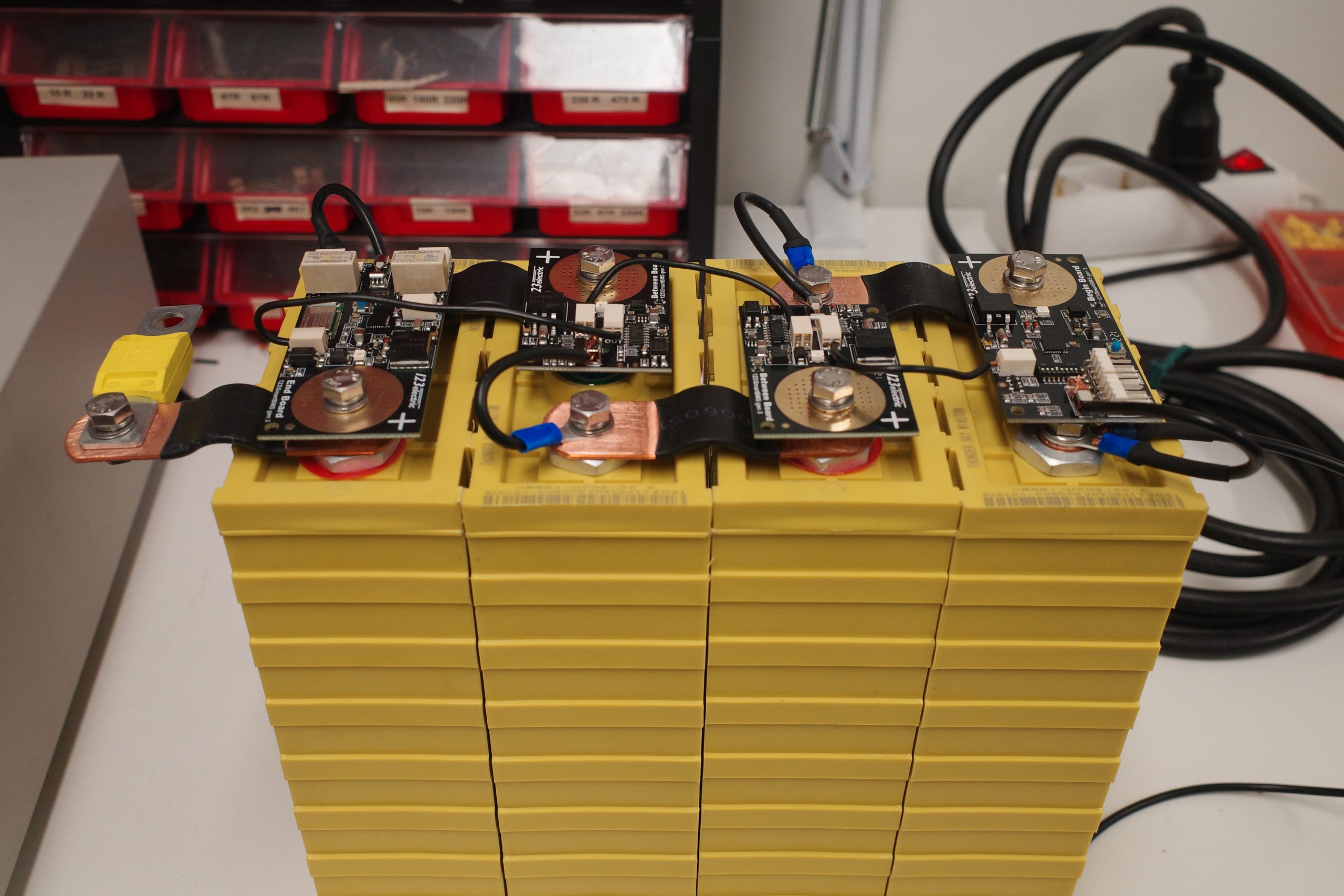ASTRIIS develops multiparameter surface buoy
ASTRIIS is developing an innovative ocean monitoring systems based on a small autonomous buoy capable of acquiring data from different types of sensors in a marine environment and export that data to be accessible from land. The project has been working on deploying hydrophones and other ocean sensors to support environmental impact assessments, underwater acoustic measurements and characterisation of noise sources, acoustic modelling (noise source, noise propagation, noise maps) and marine mammals’ observation and acoustics (use of hydrophones and C-PODs).
Under the leadership of WavEC Offshore Renewables, the project has been developing a relatively small data acquisition buoy that results from numerous in-situ environmental studies, which need several campaigns to deploy and retrieve sensors. This requires a big effort regarding the logistics to make sure all the data is acquired and would be significantly simplified if the acquisition equipment could be remotely accessed and automatically powered by other device, such as a buoy.
“Currently, there are no available products with a wide range of sensing and capable of exporting data in real time for these purposes” said Inês Machado, Head of the Marine Environment and Licensing Area of WavEC.”
“Despite there are already some solutions available in the market for ocean monitoring and sensing, very few allow real-time access to data” said Luís Amaral, Project Engineer at WavEC. Moreover, these solutions tend to be heavy and require complex logistics for deployment, leading to higher deployment costs.
The ASTRIIS multi-parametric buoy aims to reduce the number of in situ field surveys and costs associated. Additionally, it brings the possibility of accessing data in real-time, and to remotely evaluate data availability and quality.
The buoy will be composed of the following subsystems:
- The Communication and Control System – The data acquisition system is expected to reach TRL7 during the life of ASTRIIS. It receives information from sensors and returns, in real time, data to a datalogger which uploads it to an FTP server. This system is also responsible for monitoring the power system status continuously and manage the energy consumption based on that information. Acquisition rates, modes and communication settings are controlled by this unit, which can shut down or restart sensors and communications whenever necessary. These rates and frequencies are user-defined.
- Power System – Concerning the power system of the buoy, it consists of three photovoltaic panels with a capacity of 17W (18V) and a 60Ah LiFePO4 battery. The panels position and tilt angles take into consideration Portugal’s low inter-annual variability of the solar resource and batteries. It is also designed to work in full mode for more than three days with zero power input.

- Sensors – Acquired data by the sensors will be remotely available. One sensor will measure the temperature of the water and another the salinity. The GPS location of the buoy will also be returned.
Below is the system architecture:

To accommodate the systems described before, a floating structure was developed. The structure of the buoy is constituted by two halves. The bottom halve is round and grants stability to the buoy, and the other, being prismatic, allows the usage of planar photovoltaic panels and the ability to position them in a way that will capture the maximum sunlight.
This solution has been prepared by WavEC since the beginning of the project and it is currently in the testing phase. These tests comprise not only structural tests to find the buoys payload but also the watertightness (since it is crucial that the electronic parts are not in contact with water or moist), communication tests and the assessment of data consistency.
Stay tuned to the ASTRIIS website and LinkedIn for further developments on this and other ongoing project activities.




